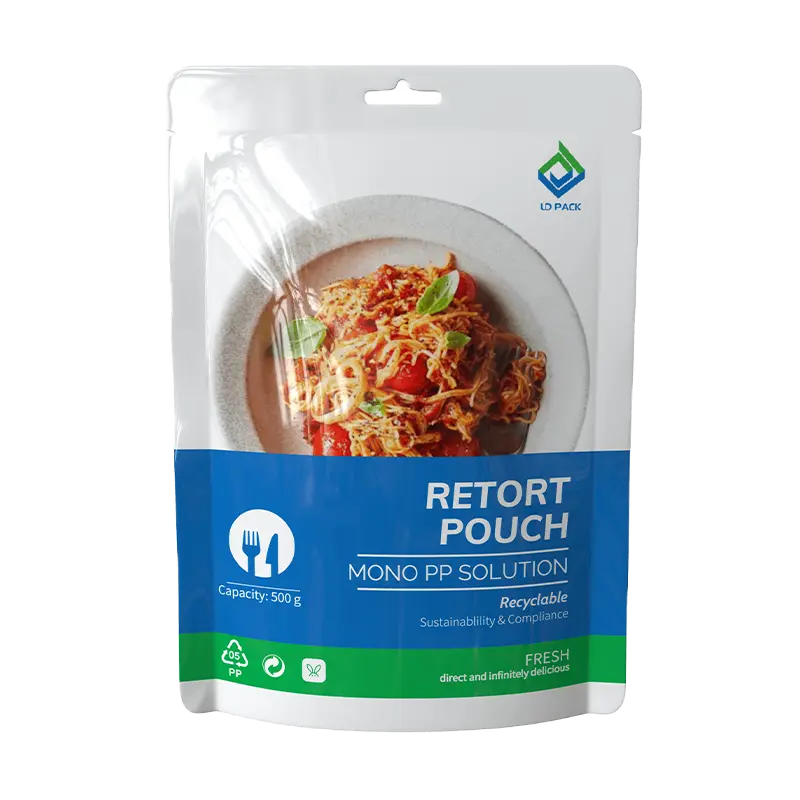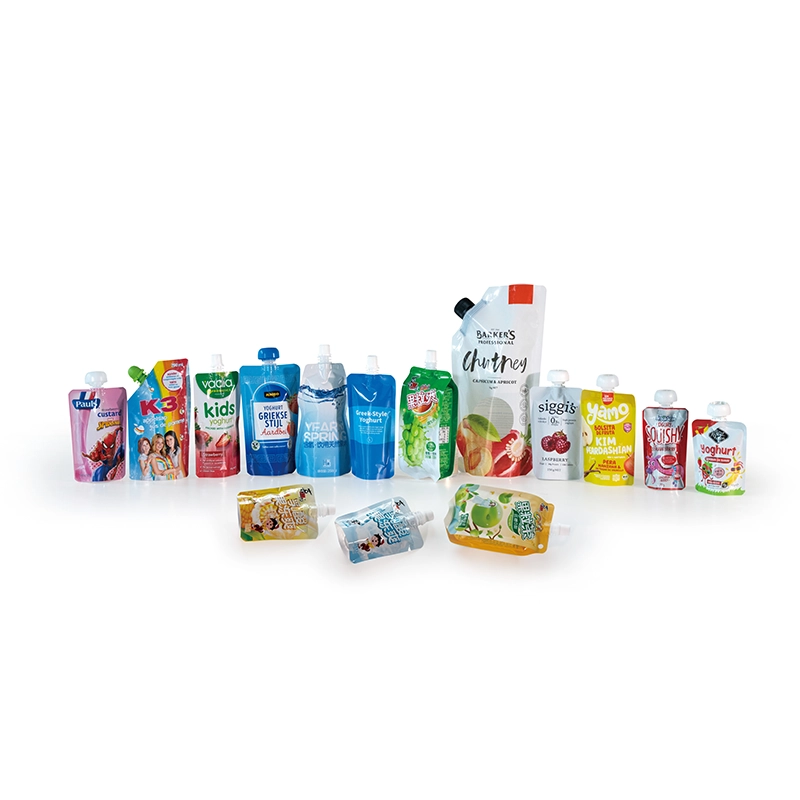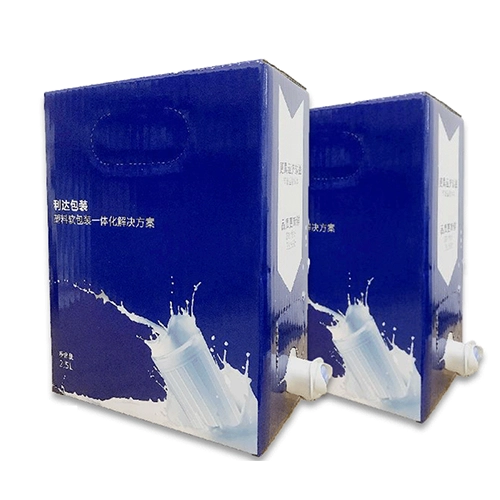Intaglio Printing(2)
(6) The patterns and lines should avoid to be too dense at somewhere vertically, otherwise when rewinding the roll films this very area would have ribs (stress concentration phenomenon), ink anti-adhesion causing by high pressure or wrinkles after aging due to stress concentration after laminating, at this time we can reduce the thickness of ink layer by proper screening.
(7) The sequence of colors. For reverse printing generally it’s printing from dark colors to light ones, for surface printing is the other way around. It sounds like there’s quite a different between them, but if you take a look at the product you will find their color sequences are the same - dark colors always come first in your eyes. For color printing with photos, the three primary colors should be printed continuously instead insert any other colors between them, otherwise it’s not good for the three primary color for overprinting.
(8) Crawling. The principle of intaglio is the color change composed by a number of different size dots on plate cylinder. When the dots turning from dark tones to shallow screen, the space of each single spot is getting smaller; when transferring the ink, due to the impact of ink and dots on the plate cylinder, the color patch will appear some dot - like color-deficiency phenomenon, we called it Crawling, which is especially obvious in some dark colors such as green、red、blue、brown. It also happens in light colors like yellow, but obvious. Normally the are range of crawling is around 75% ~ 95%; 80% ~ 90% belongs to quite a severe range. Before confirming the flat screen color in a set of plates, we must pay attention to the flat screen color in this range.
(9) Colortrapping. Because different printing equipment have various performances, we should determine the colortrapping according to the trapping accuracy, printing speed, stability of the printing equipment. Like surface printing, with its equipment’s poor trapping accuracy, then the colortrapping should be no less than 0.5mm; while reverse printing, with its advance equipment and good trapping accuracy, the colortrapping can be around 0.1mm or even no colortrapping needed. Normally, colortrapping should be controlled between 0.1~0.3mm.
(10) Enlarger or widen the printing film. Aim to avoid cutting off the effective pattern, size in the process of automatic cutting, pouch-making processions. Normally, enlarge 1~2mm of the printing material would be fine but for die cut bags for products such as jelly, beer, label, the film width should be widen 2~3mm. Normally the printing films should be widen when it comes to the following situations: when the unit size on the layout drawing is edged, attention must be paid to the widening of the printing position, size and color; printing must be widen when die-cutting unit bottom has color pattern, but no width widening needed if the background color is transparent.
For aluminium plated bag, since its joint area needs to be cut off, in it’s middle should be added 8mm of bleeding (4mm each side).
(11) Seamless. Unit pattern are connected repeatedly from end to end or from left to right, the text and pattern at the interface connect naturally and continuously, we called it seamless. The trapping for seamless plate with more than 2 colors should also be based on trapping line so that to ensure the printing accuracy.




